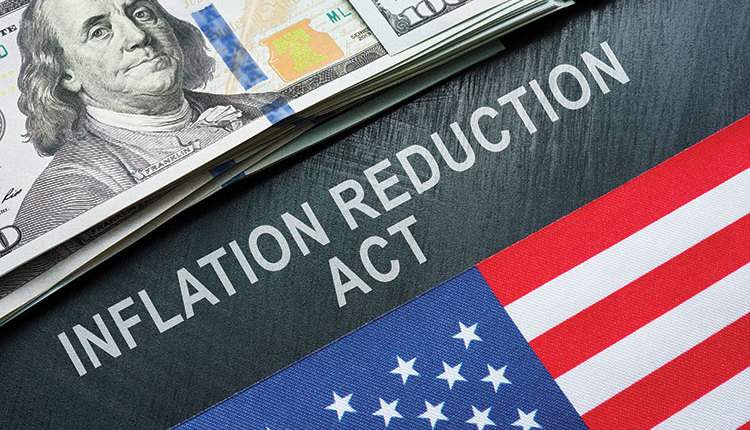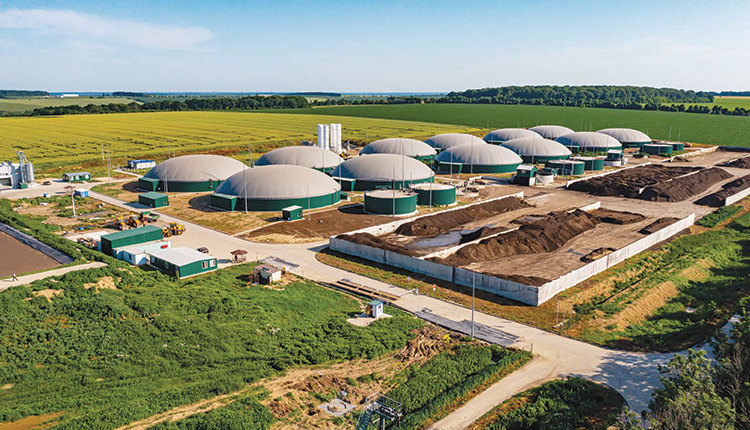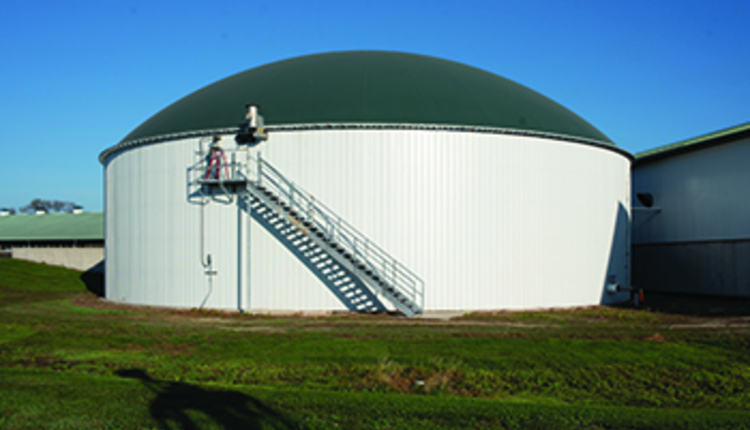
This summer U.S. Representatives Jim Costa, Chellie Pingree, and David Valdao introduced Bill H.R.4327 — Converting Our Waste Sustainably (COWS) Act of 2023. It was referred to the Committee on Agriculture. A companion Senate bill was introduced by Senators Alex Padilla and Sherrod Brown.
At its core, the bill directs the Secretary of Agriculture to establish the Alternative Manure Management Program. The bill would amend the Farm Bill Conservation Title and add provisions to the Edible Land and Wetland Conservation and Reserve Program, the Environmental Quality Incentives Program, and the Conservation Stewardship Program as well as provide for cost sharing and technical assistance. The hope for the program is that it will help cut greenhouse gas emissions (methane and carbon) and also improve air and water quality by providing producers access to money and expertise. As a result of these benefits, farming will also be more sustainable.
A goal of reduced emissions
As noted, the bill establishes the Alternative Manure Management Program. The program is designed to benefit eligible producers who use covered manure management measures. A covered management measure means a dairy or livestock operation used a method to reduce baseline methane and, where it can be done, carbon emissions. Eligible producers need to have dairy cattle or livestock, want to reduce greenhouse gas emissions, and have baseline manure management practices such as anaerobic decomposition or anaerobic digesters. Pasture-based management and solid separation systems are also included.
To actually benefit from the program, an eligible user would have to submit a contract offer to the Secretary of Agriculture. Priority would be given to contracts that further the policy goals of the program, which include air quality, water quality, and public health concerns associated with dairy and livestock operations located near low-income or underserved communities. In addition, the secretary is charged with ensuring geographical diversity.
The contracts would go up to three years. Payments would occur during the fiscal years 2024 through 2029. Payment to eligible producers could be used to implement one or more of the covered management measures. Cost sharing is also included for planning, design, materials, labor, and management and training up to but not over 90%.
For those who have experience with grain programs, it will not come as a surprise that there is a limitation on payments to persons or legal entities of $825,000 during any five-year period. However, the program does allow for advance payment for material and technical assistance. It does specify the covered management measure requirements for pasture-based management, composted bedding, slatted floors, solid separation systems, and adopting scrape technologies.
There are some interesting requirements on the government side. The secretary is required to develop factors for estimating carbon sequestering and emission reductions for each covered management measure. Historically, one of the challenges of monetizing carbon is the need for agreed upon standards. As noted, the government is also supposed to provide financial and technical assistance and review existing conservation practices as needed. The secretary is also directed to use the funding facilities and authorization of the Commodity Credit Corporation to achieve all these things.
Since nothing in life is really free, the bill provides proposed funding of $1.5 billion for the period of fiscal years 2024 through 2028. Although Everett McKinley Dirksen’s observation of U.S. government spending was, “A billion here, a billion there, and pretty soon you’re talking real money,” a billion dollars in the federal government’s budget is not that much, but it is a significant commitment. The secretary is also directed to reserve funds for beginning farmers or ranchers, limited resource farmers and ranchers, socially disadvantaged farmers and ranchers, and farmers and ranchers that are transitioning to enhanced sequestering of carbon dioxide methane or nitrous oxide.
For those who want to learn more of the program, it was modeled on a California Program also called the Alternative Manure Management Program run by the California Department of Food and Agriculture. Details on the resources and initiatives that California funded can be found at https://www.cdfa.ca.gov/oefi/AMMP.
A focus on composting
Composting plays an important part in this bill. The bill amends the Erodible Land and Wetland Conservation Program by including a definition of composting practices. Basically, composting would be an activity that does not require the use of a composting facility to produce organic waste from the farm or waste that is brought to the farm. There is a requirement that the compost be used to improve water retention and soil health and that it meets all state and local laws.
It also amends the Environmental Quality Incentive Program (EQIP) as well as the Conservation Stewardship Program to include composting practices. And importantly, under the section on delivery of technical assistance, the secretary is directed to develop a composting practice standard. Specifically, the secretary must review whether the existing composting standard and soil carbon amendment standards will be adequate for alternative manure management. The secretary is further directed to develop and implement a new conservation practice standard for the on-farm production of compost.
Of course, a lot can happen to a bill before it gets signed by the president and becomes a law. But, if this bill becomes law, it could offer several key benefits. There will be money to pay for transitions to manure handling that is drier, resulting in a significant drop in methane gas, and maybe carbon. It also offers technical assistance and the possibility of greater focus on sustainability that could offer significant benefits to producers and others by improving air and water quality and public health.
This article appeared in the November 2023 issue of Journal of Nutrient Management on pages 6-7. Not a subscriber? Click to get the print magazine.








